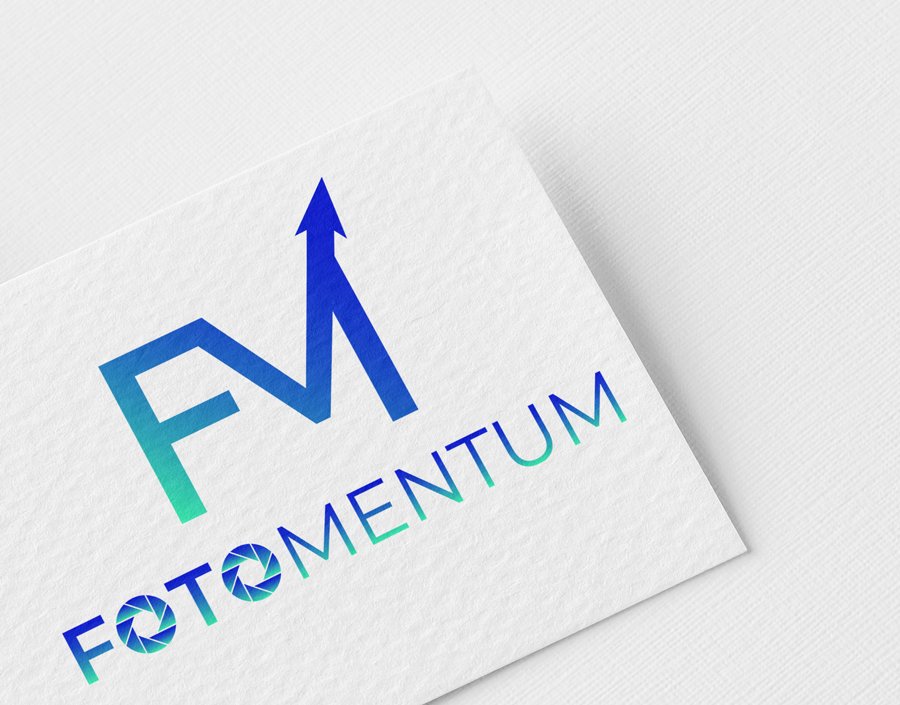Capturing Reflections - The Right Camera Settings
This is the third idea in a series of eight for a small-town photo tour, and it focuses on capturing photos with reflective surfaces. Reflection photography can be a creative and fascinating way to capture images that play with light, symmetry, and depth.
When it comes to reflective surfaces, there are many options to choose from. The most obvious ones are water and mirrors, but there are other reflective surfaces to consider as well. Look around and you will find reflections in glass, metal surfaces, bubbles, and more. These surfaces can create unique and interesting images that add depth and complexity to your compositions.
Reflections
For example, reflections in water can be particularly striking when the water is still, creating a mirror-like effect. A reflection of a landscape, building, or person in the water can create a sense of tranquility and beauty. Similarly, mirrors can create interesting and surreal reflections, especially if you position them at unusual angles or use multiple mirrors to create a funhouse effect.
Reflections in glass can create a sense of urbanity and sophistication, as well as interesting geometric shapes and patterns. Highly polished metal surfaces can also create striking reflections, such as the reflection of a car in a hubcap or the reflection of a street scene in a shiny chrome surface.
Even bubbles can create dreamy and abstract reflections, especially when captured against a colorful background. By experimenting with these different reflective surfaces, you can add a new dimension to your photography and create captivating and artistic images.
Continuing the theme of last week’s post here are some settings I lean toward for this topic. This subject matter likely has one of the more flexible choices below for recommended settings.
Mode:
Any mode will do, but try some options to test your skills.
Aperture:
Any mode will do, but try some options to test your skills.
ISO:
Try to keep the ISO low for better color and avoid noise that is present in photos shot with a high ISO.
Shutter Speed:
Any mode will do, but try some options to test your skills.
Focal Length:
Your choice to frame the composition to include telling a story with the subject

